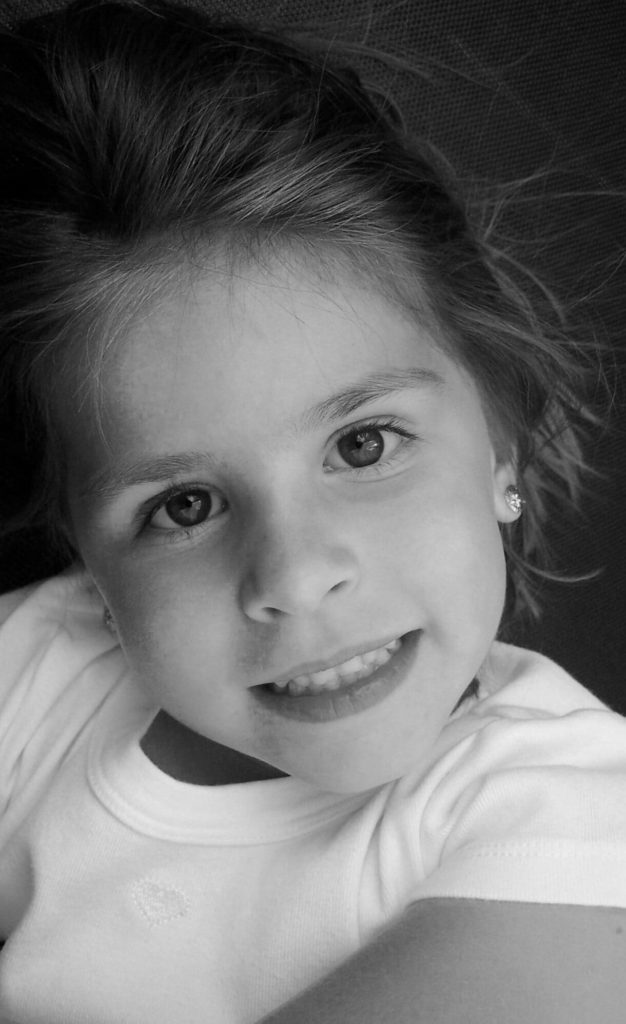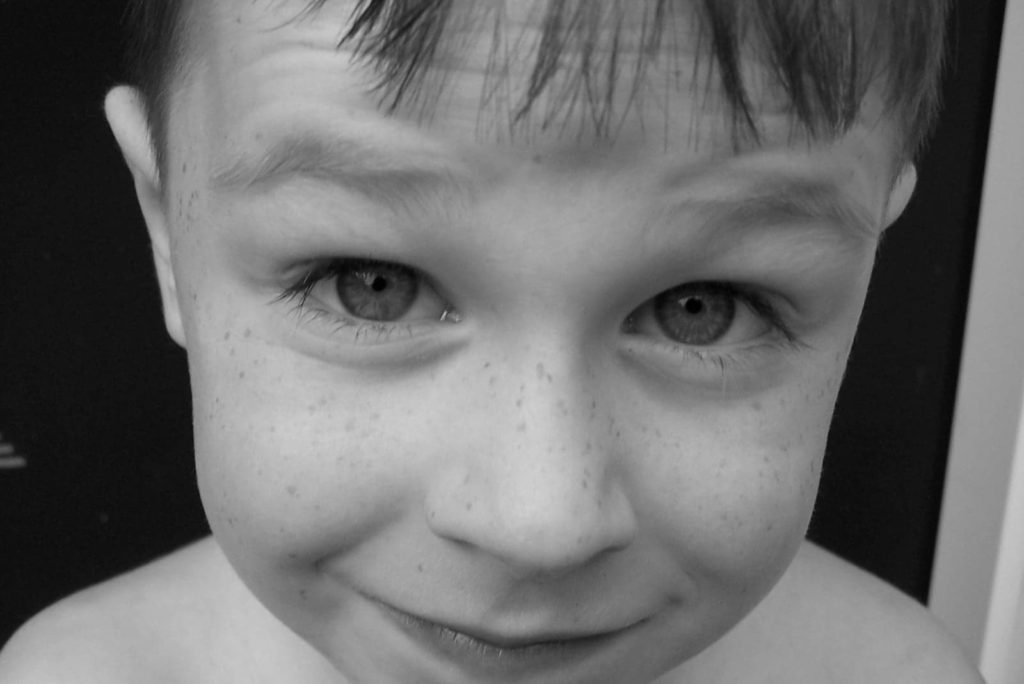Common Eye Conditions Found In Kids
If a person is going to struggle with an eye condition, it usually develops during their early childhood or adolescent years. Many children suffer from eye conditions, and oftentimes no one knows it until they fail a school screening or it is discovered during an eye health check.
The good news is, its okay, it happens a lot! Most of these issues are correctable with glasses or therapy.
The important thing is to be educated and be sure to get your child’s vision checked regularly. The following conditions are the most common ones found in children:

Myopia
Nearsightedness, medically known as myopia, refers to vision that is good at close range but not at a distance. It generally occurs because the eyeball is too “long” as measured from front to back. A lot of children suffer from myopia, and it’s easily corrected with glasses.
One thing to keep in mind about nearsightedness is that if it starts at a young age, it will probably get worse over a child’s growing years. Just as their bodies are changing in other ways, their eyes can change quickly too.
It’s not uncommon for a child’s vision to fluctuate as they mature, but it usually slows down and stops changing as rapidly around the age of 18 or 20.
Hyperopia
Farsightedness, medically known as hyperopia, refers to vision that is good at a distance but not at close range. Farsightedness occurs when the eyeball is shorter than normal, as measured from front to back, or when the cornea has too little curvature. This reduces the distance between the cornea and retina, causing light to converge behind the retina, rather than on it.
Mild hyperopia doesn’t always affect your child in everyday life, but if it grows worse he or she may need glasses, particularly for reading and computer work.
Astigmatism
Astigmatism is an uneven or irregular curvature of the cornea or lens, which results in blurred or distorted vision.
Other symptoms of astigmatism include the need to squint, eye strain from squinting, headaches and eye fatigue.
In reality, most people have some degree of astigmatism, which is usually present at birth and is believed to be hereditary. Just like myopia and hyperopia, astigmatism can usually be corrected with glasses.
Accommodative Insufficiency
Accommodative insufficiency is a condition where someone has trouble making either one or both eyes focus clearly up close. Although it’s a little different than presbyopia, which is the condition that causes us to need bifocals when we’re older, the treatment is similar.
A child with accommodative insufficiency will probably need bifocals or reading glasses, which will train their eyes to focus. The good news is, once the brain and eyes line up and get used to tracking together, most kids outgrow this issue.
Amblyopia
Lazy eye, medically known as amblyopia, is a loss or lack of development of vision, usually in one eye. This degenerative process usually begins with an inherited condition and appears during infancy or early childhood.
A lazy eye needs to be diagnosed between birth and early school age since it’s during this period that the brain “chooses” its visual pathway and may ignore the weaker eye permanently.
A lazy eye is not always easy to recognize. Our brains are designed to adapt as much as possible, so if one eye is not working, your child might not know it since their brain is used to functioning without using it to its full capacity.
Because of this, it is recommended that all children, including those with no symptoms, have a comprehensive eye examination by the age of three and sooner if there is a family history of any eye condition or disease.
Get Their Eyes Checked!
Here at Vision Source Meadville, we see kids all the time! Normally the youngest children we examine are about 5 years old. We can see children younger than that, but if they don’t know their letters or are infants, we are only able to do rudimentary health checks on them. If you have a child that is too young for a normal eye exam, let us get you in touch with Dr. Nicholas Sala in Erie. He specializes in pediatric ophthalmology and will be able to give your child a more thorough eye exam.
Need to get your child’s eyes checked? Click here to request their appointment today.
If a person is going to have an eye condition, it usually begins to develop during their early childhood oadolescent years. Many children suffer from one of the following conditions, and often times they won’t know it until they fail a school screening or it is discovered during an eye health check. The good news is, its okay, and it happens a lot! Most of these issues are correctable with glasses or therapy. The important thing is to be educated and be sure to get your child’s vision checked regularly.

